Hoptroff’s highly accurate timing network relies on global satellite networks. Our timing hubs are constantly communicating with GPS, Glonass and Beidou – Galileo compatible of course – miles above the Earth to keep our clocks right and distribute time throughout our network. Roof mounted antennas allow us to connect the satellite feeds to data centres and our three mutually resilient cloud timing hubs (New York, Tokyo & London). Each hub consists of three Grandmaster Clocks connected to three different sources of UTC from the three satellites. Together this network creates a resilient source of accurate traceable time. The hubs continuously compare the timing sources to ensure that accuracy and source traceability is being constantly maintained. A multitude of sectors, particularly financial services, rely on this micro-second accurate system.
Measurement of Time
Would you trust a computer application that gave you different results on different machines? Then why do you trust the timestamp records from different machines whose server clocks each tell a different time?
There is a problem in the virtual world of computers that many people know about but few talk about publicly. Understanding and measurement of Time has become broken and fragmented because of poor synchronisation. As computer clocks fail to keep pace with speed of execution, different machines, in different locations, all running pieces of the same process, do not share the same time. Lots of things look like they happen all at the same time, or even in quite the wrong order, potentially costing enormous amounts.
We all value the efficiency that automation offers, but as autonomous machines take over more tasks that were previously performed by humans, they also need to take on the accountability, which was previously assigned to humans for how these tasks are performed. This is not just important for compliance with new financial regulations like MiFID II in the EU, CAT in North America or data protection regulations like GDPR and PECR. Synchronised timing is also vital to enable service companies using autonomous systems to report to their customers transparently on their performance.
However, to monitor and report on the activities of automated systems you need the clocks on the different machines in the delivery chain to be synchronized, and the latencies within the machine to be measured and recorded accurately in the transaction log.
If the clocks on different systems drift to different degrees, then sequences of events that appear in the logs will seem to appear in random order: timestamps from drifting clocks will make them appear earlier or later in the sequence than was actually the case; the latencies between events will not be measured accurately and different events will be assigned the same timestamp. When a single delivery chain might involve many servers and that action is repeated thousands of times, then it is clear how lack of synchronization will compromise the usefulness of timestamps when you are trying to reconstruct a chain of automated activities after an event.
If, however, the clocks on the servers are synchronized properly, then the sequence is properly recorded, the latency intervals are measured and timestamps become authoritative. They can provide real world reference verification of automated digital events. This will in turn enable simplified reporting to queries such as those raised under MiFID II, CAT and GDPR. Synchronized timing is a vital component in the process of maximizing the efficiency of automated systems and monitoring them so they can transparently account for their actions.
Traceable Time as a Service
Traceable Time as a Service (TTaaS®) combines a series of atomic clocks to create a constantly accurate source of UTC (universal time), delivered globally over low latency fibre, with a software solution which enables local timestamping.
Time traceability is critical for all computer-based transactions – if clocks on servers in data centres don’t all concur then transactions can fall apart or even be lost as a result. This is particularly relevant in the Financial Services industry, where recent regulations in Europe (MiFID II) and in the USA (CAT), mandate accurate and traceable time requirements in an attempt to address the problem. These regulations require market participants to synchronise the clocks on their trading servers to UTC. Clocks must not only be synchronised to UTC but also steered to a level of accuracy that will give every computer decision a unique timestamp so that processes can be accurately reconstructed after an event from the machine records.
Traditionally, the difficulties and expense of implementing time synchronisation solutions in situ have proven to be a barrier to widespread adoption of UTC synchronisation. Expensive and cumbersome hardware must be installed at every server location, maintained and renewed roughly every 24 months. TTaaS® makes highly accurate time attainable for many purposes. The technology is easy to install and use, cost-effective, resilient, and accurate. It is an innovative and accessible clock sharing network for anyone requiring accurate and resilient time that reduces the resources required to utilise traceable time. It is also regulation compliant. It can ensure accurate transaction records through computers constantly corrected to UTC. The downloadable synchronisation software continually adjusts the clocks on servers to the global standard of UTC, is microsecond accurate and is based on a time feed from atomic clocks in London, Tokyo, and New York. The software also verifies a computer’s performance by creating a cloud-based timing log of a computer’s transactions, so that its performance is recorded and subsequently traceable. To maintain the accuracy of the time feed worldwide it is deliverable anywhere in the world through low latency fibre connections.
What is traceability?
Synchronized timing requires traceability so that the timestamps it produces are authoritative and can be used to resolve timing disputes with other parties. Traceability is the process through which a timestamp can prove it is correct by showing an unbroken chain of comparisons from the time stamp, through the synchronization reference points and back to the primary time source. When two PTP (Precision Time Protocol) installations each have different timing records, the only way to resolve the variances is by checking the traceability quality of each system. Hoptroff TTaaS® is fully traceable from the multiple timing sources we continuously check, through the synchronization software that steers the clocks and measures internal latencies through to the application and down to the timing logs.
The Hoptroff Timing Network
Hoptroff London has a timing distribution network corner-stoned by timing hubs in London, New York and Tokyo. These each have three high accuracy atomic clocks, independently receiving traceable time from timing sources, including GPS, Glonass, BeiDou and the RISE Standards Institute of Sweden – and Galileo compatible, of course. These hubs can act as disaster recovery sites for each other and distribute within their own region.
It is good practice to reference multiple independent sources trusted sources, over different paths. This is not just for resilience: the recorded time difference between the sources is a quantifiable measure of traceability. The Hoptroff Timing Network is unique in its ability to distribute time within each region to microsecond accuracy and nanosecond resolution. With three satellite sources, our time feed is highly resilient. In addition, RISE, the Swedish National Metrology Institute, delivers UTC(SP) via a low-latency terrestrial connection to Hoptroff’s London Timing Hub. RISE measuring equipment installed at the Hoptroff timing hub constantly monitors the accuracy of the Hoptroff Grandmaster Clocks using the GNSS Common View method, providing independent traceability back to the Institute’s Stratum Zero clocks, one of the primary contributors to BIPM UTC.
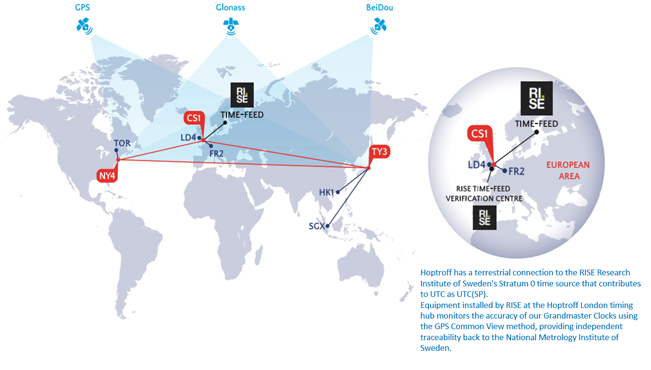
Global time distribution network
Hoptroff network consists of mutually resilient cloud timing hubs, each consisting of three nano-second accurate Grandmaster clocks connected to four different sources of UTC to create a resilient feed of traceable time. These hubs continuously compare the different timing sources to ensure accuracy and source traceability are constantly maintained. Hoptroff timing as a cloud service is fully resilient against disconnection from primary time sources and Grandmaster failure by using redundancy, holdover and failover protocols. Even in the event that all three satellite feeds are unavailable (e.g. due to jamming or space weather events) or wrong (e.g. due to satellite malfunction or signal spoofing), each Grandmaster clock has a built-in holdover of 1.5us per 24 hours: all the satellites could be down for over a month and the Hoptroff cloud timing feed would still be comfortably accurate to better than 100 microseconds.
At the data centre the customer establishes a secure connection to the timing feed via connectivity partners and then downloads our enabled software to their servers. The software synchronizes the local server clock to the best of the three timing signals and also measures the latency between the server clock and the application it is running, to establish the granularity of timing on each machine.
The timing logs generated by the software are distributed back to the cloud and securely stored so that they can be accessed at any time by the customer through the Hoptroff monitoring interface. The interface also generates alerts and supplies regular reporting to ensure customers can confirm that accurate timing and granularity are being maintained at all times.
The potential applications of TTaaS® go well beyond its established base in financial services. Misalignment of computer clocks is a major and growing issue in a range of sectors. The broadcasting industry is migrating to internet protocol distribution, for which accurate and traceable timing globally will be critical to ensure synchronised timing of broadcast feeds around the world. Large data packages must be split up and re-synchronised, requiring a very accurate degree of time synchronisation. Similarly, in-play betting needs accurate traceability because its transactions are crucially dependent on when bets were made relative to the events being bet on.
Combining traceable time with digital ledgers (aka blockchain) allows the time and place of virtual events to be immutably watermarked, creating a new class of data: data you can trust, because it is interwoven in fabric of traceability.
Any business where many routine processes are automated in distributed systems, or many transactions take place over very short intervals, needs accurate timing and traceability. The value this adds to the virtual world are what we call the CREST factors: Causality, Recognition, Efficiency, Synchronization and Trust.
Electrons have consequences. Let’s make them accountable.
About Richard Hoptroff, Founder and CTO:
 Hoptroff is a long-term technology inventor, investor and entrepreneur. He holds a Physics PhD from King’s College London for work in optical computing and artificial intelligence. In 1992, he founded Right Information Systems, a neural net forecasting software company, and then sold it (1997) to Cognos Inc (part of IBM). In 2016 he founded Hoptroff London to focus on accountability in the virtual world.
Hoptroff is a long-term technology inventor, investor and entrepreneur. He holds a Physics PhD from King’s College London for work in optical computing and artificial intelligence. In 1992, he founded Right Information Systems, a neural net forecasting software company, and then sold it (1997) to Cognos Inc (part of IBM). In 2016 he founded Hoptroff London to focus on accountability in the virtual world.
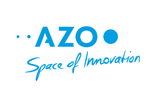
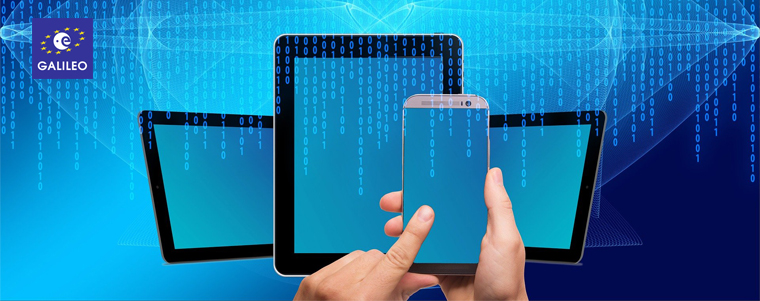

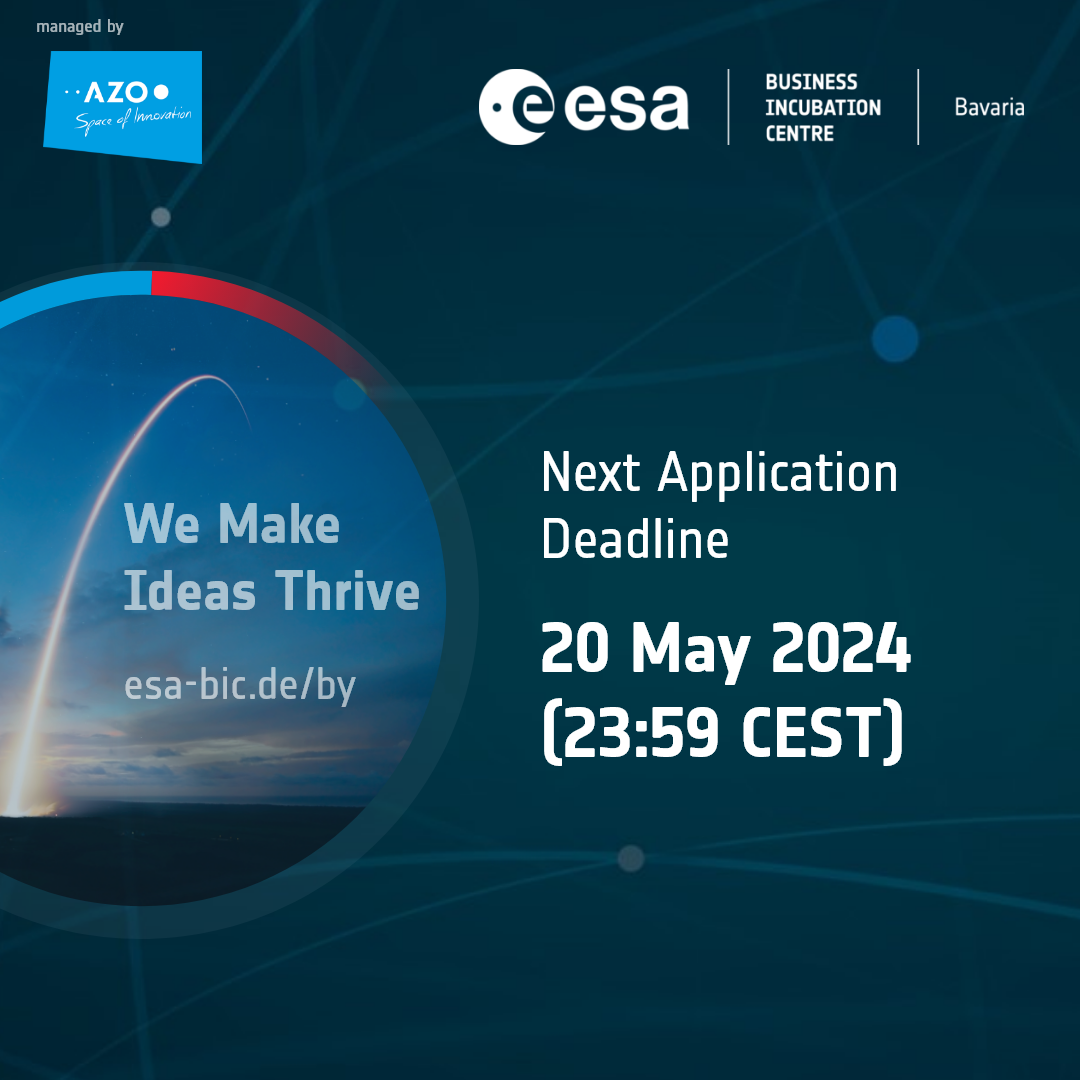
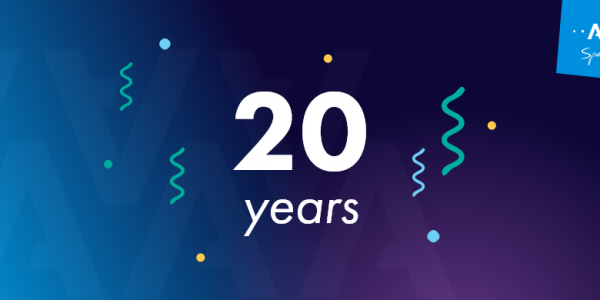

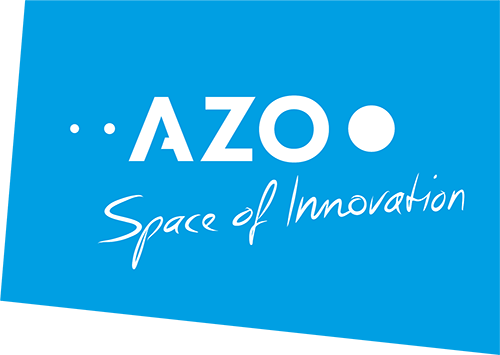
Comments are closed.